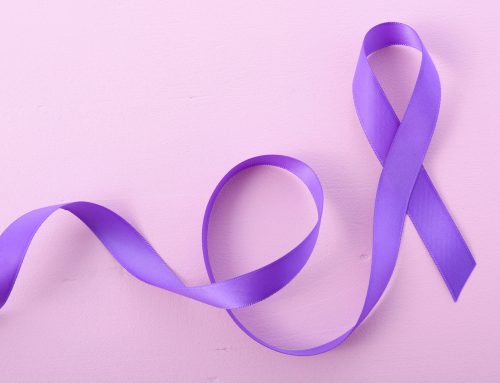What is it?
Chikungunya (think “chicken-goo-nya”) is a virus transmitted to humans by infected mosquitoes. Once inside the body, the virus hijacks human body cells to produce more viruses. The term translated in Swahili or Makonde means “that which bends up”, a hallmark of the disease as patients frequently suffer from crippling joint pains and is what differentiates this viral disease from other mosquito-transmitted disease like Dengue fever.
The Mosquito
The Chikungunya virus mainly cycles from infected humans to mosquitoes, then back to humans. In rare cases, the virus is passed from infected mothers to infants (note: the CDC still encourages mothers to breastfeed in high risk areas as the benefits outweigh the risk). It is worth mentioning that only infected female mosquitoes, commonly Aedes aegypti and Aedes albopictus, are vectors. The mosquitoes are diurnal, meaning they feed during the day. Aedes aegypti is normally found within the tropics, while Aedes albopictus in temperate weathers.
The Spread
First isolated in Tanzania in 1953, the disease was endemic in tropical regions where the warm and humid rainy seasons supported the mosquito population. This included rural Africa, Southeast Asia, and the Indian subcontinents. In 2004, an outbreak started in Kenya which spread to the Indian Ocean islands (the Comoros, Mauritius, the Seychelles, Madagascar, Mayotte, and Reunion). Then, India, Indonesia, Maldives, Myanmar, and Thailand followed. Due to traveling, the virus was able to spread to north-eastern Italy in 2007 and then subsequently Europe.
Since 2013, Chikungunya has ferried to the Caribbean islands, Latin America, Canada, United States of America, and the Pacific islands.
The Symptoms
Though the virus is rarely lethal, the immune compromised individuals may suffer from more severe symptoms. After a person is bitten by an infected mosquito, the following symptoms may surface abruptly between 4 to 8 days (range is 2 to 12 days):
- fever above 102°F or 39°C. This usually lasts for a week, and can be biphasic (where the fever comes and goes, then returns again)
- joint pain, or arthralgia, that are often debilitating to the point of not being able to shake hands. Multiple joints are affected at once, and the affected joints are usually symmetrical on both sides.
- headache
- back pain
- muscle pain, or myalgia
- possible skin rashes after fever
- possible gastrointestinal upset
The Treatment And Prevention
Unfortunately, current treatments are mainly to relieve symptoms such as joint pain. This includes analgesics and anti-inflammatory drugs. Fever reducers and fluid replacements may also be used. The joint pain may persist for several days to chronic, lasting pain for years.
Mosquito control remains as the most effective way of reducing disease transmission. Mosquito breeding grounds should be reduced by removing any still water sources and by applying insecticides. Wear long sleeves and use mosquito repellents to reduce biting incidences. Bednets should be used indoors and in healthcare settings in daytime.
Sources:
http://www.who.int/mediacentre/factsheets/fs327/en/
http://www.cdc.gov/chikungunya/
https://www.sciencenews.org/article/chikungunya-move
http://www.hospitalameijeiras.sld.cu/web_hha/sites/all/informacion/publicaciones%20hha/CDPresentaci%C3%B3n/Chikungunya,%20an%20epidemic%20arbovirosis.pdf
http://www.samblackman.org/blog/wp-content/uploads/2007/02/769.pdf
—
Like what you see? Sign up to join Human Health Project, a community-based, not-for-profit website focused on using peer to peer health support for a healthier you.
—






Leave A Comment
You must be logged in to post a comment.